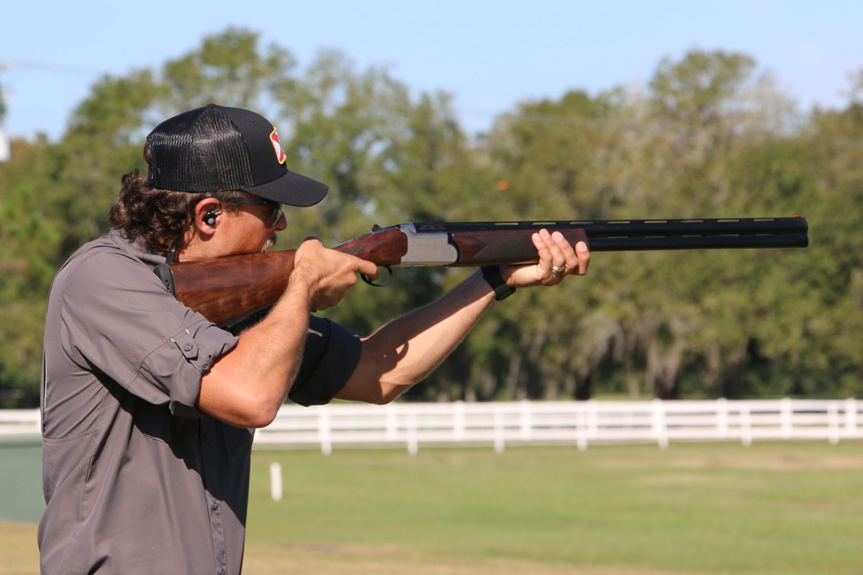A Beginner’s Guide to Trapshooting: SHOOTING GUIDE
Trapshooting is a dynamic form of clay target shooting that tests a shooter’s reflexes, precision, and skill. In trapshooting, participants aim to break a 4 ¼ inch clay disc, which simulates a bird’s flight, as it is launched into the air at speeds of up to 42 mph. Trapshooting demands split-second timing and accuracy to hit the moving target.
This fast-paced sport has seen tremendous growth and attracts participants of all ages, backgrounds, and skill levels. It’s not uncommon to see a 9-year-old shooting alongside a 90-year-old, with both sharing a passion for the sport. Trapshooting’s inclusivity draws in everyone, from seasoned veterans with decades of experience to newcomers who have just discovered the sport. The trapshooting community includes people from all walks of life, such as millionaires, hourly wage earners, professionals, athletes, farmers, students, and homemakers.
How Trapshooting Works
In a trapshooting round, the shooter calls out “pull,” and a clay target is launched from a trap house. The objective is to break the target in mid-air before it hits the ground. It doesn’t matter if the shooter hits the entire target or just a small piece—any visible break in the clay is considered a successful hit, known as a “dead” target. If the shooter misses, the target is called “lost.” Scoring is straightforward, and each shooter is responsible for verifying their own scores.
Registered Trapshooting
Registered trapshooting is a competitive format governed by the Amateur Trapshooting Association (ATA). To participate in registered competitions, shooters must be ATA members, and the gun clubs hosting these events must apply for official ATA registration. Scores from these events are recorded and submitted to the ATA, where they are used to calculate yearly averages. These averages are then used for handicapping and classifying shooters in future events to ensure fair competition.
Basic Rules for Trapshooting
In official ATA trapshooting events, the following rules apply:
- Target Distance and Height: The clay targets are thrown at distances between 48 and 52 yards. When the target is 10 yards from the trap house, it should be between 8 and 12 feet in height.
- Shooter Distance: Shooters stand a minimum of 16 yards away from the trap house when firing at the target.
- Target Requirements: Shooters compete in rounds where each participant must shoot at a set number of targets, with scores recorded by officials.
Why Trapshooting is Popular
Trapshooting’s enduring popularity is largely due to its accessibility. People of all ages and abilities can compete, making it a sport that fosters camaraderie and community. Whether you’re a 70-year-old who’s been shooting for 50 years or a beginner just learning the ropes, the sport offers something for everyone.
Moreover, trapshooting doesn’t discriminate based on wealth or occupation. You’ll find an eclectic mix of participants, from business moguls and celebrities to truck drivers and students, all sharing the same love for the sport.
Equipment and Facilities
Trapshooting requires a few key pieces of equipment:
- Shotgun: Most participants use a 12-gauge shotgun, but smaller gauges like 16 or 20 are sometimes used for younger or smaller shooters. Over-and-under shotguns are commonly favored for their reliability and precision.
- Ammunition: Trapshooting cartridges contain small lead shot, which spreads out as it exits the barrel, increasing the chance of breaking the clay.
- Trap House: The trap house is where the clay targets are launched from. In competitive events, the trap house hides the launching mechanism from the shooter’s view, adding to the challenge.
Conclusion
Trapshooting is a sport that combines skill, precision, and speed. With its inclusive nature and community spirit, it’s easy to see why trapshooting continues to grow in popularity worldwide. Whether you’re a seasoned shooter or a newcomer, trapshooting offers a thrilling and rewarding experience that can be enjoyed at any age and skill level.











